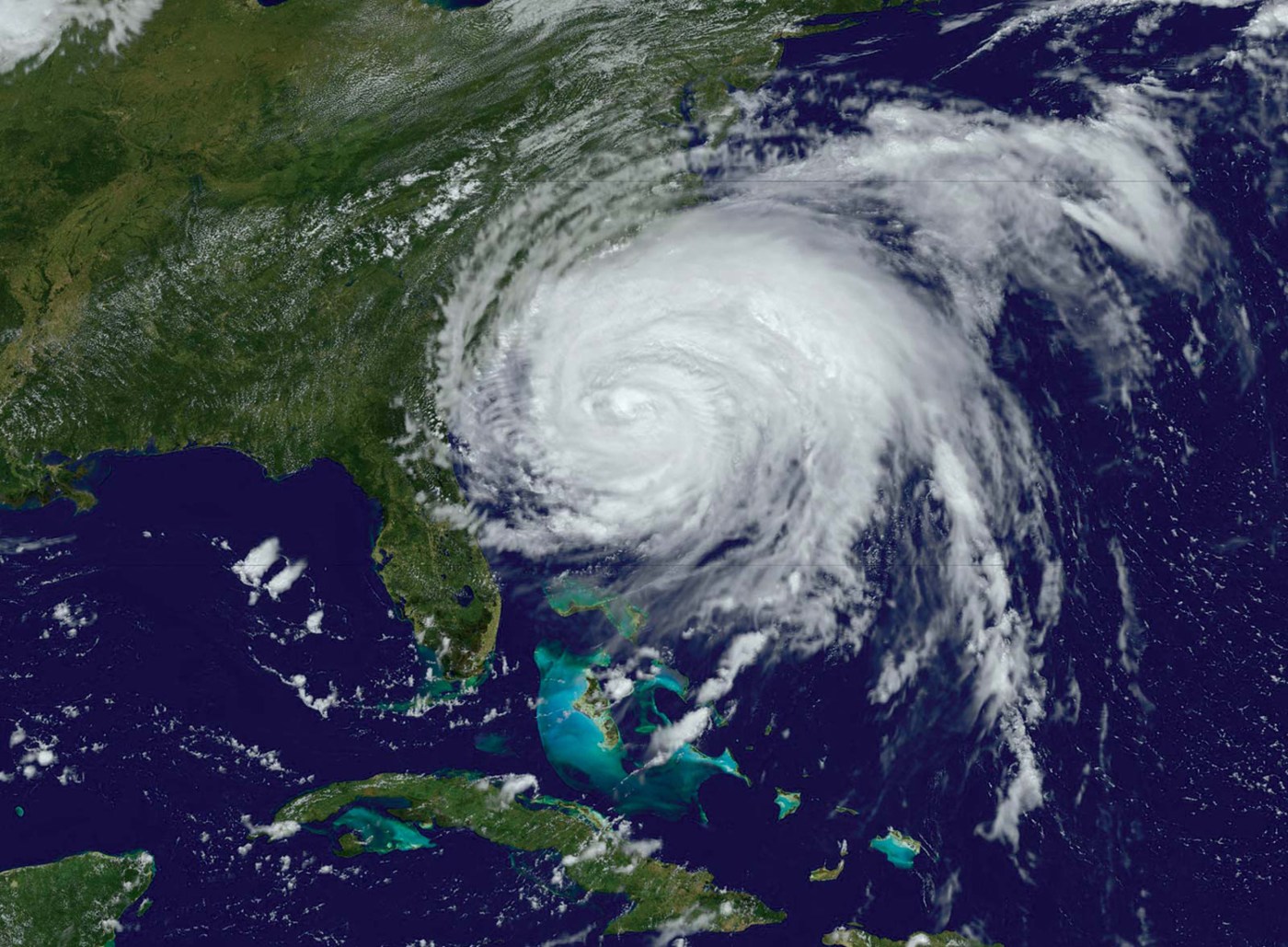You must have cookies enabled for the site to work properly.

Know Your Hurricane Risk
Thursday June 3, 2021
South Carolina Hurricane Preparedness Week May 30 – June 5
The majority of people want to know how much rain and wind they can expect from a hurricane, as well as what a storm means for their safety. Categories of hurricanes have been developed so you can know. Although these categories cannot anticipate everything about a storm, they can provide insight into how it will damage people and property.
Hurricanes aren't merely a problem for coastal areas. Rain, wind, water and even tornadoes can occur far inland from a hurricane or tropical storm's landfall. Preparation is important to protect yourself, family and personal property.
Know how susceptible your area is to hurricanes and be aware of Hurricane strengths.
Hurricanes in the Atlantic and Eastern Pacific are measured using the Saffir-Simpson Hurricane Scale. In other parts of the world, different scales are commonly used.
Hurricanes are classified using the scale based on wind speed, pressure, and storm surge height. The smallest storms have wind speeds of 74 miles per hour (119 kilometers per hour), whereas the largest hurricanes have wind speeds of more than 155 miles per hour (250 kilometers per hour). Smaller storms are given different titles than hurricanes. Tropical storms are storms with winds less than 74 mph, and tropical depressions are storms with winds less than 38 mph. If these smaller storms intensify, they could become hurricanes.
Category 1: Minimal
Central Pressure: Greater than 980 millibars (mb)
Wind: 74-95 miles per hour (mph)
Storm Surge: 4-5 feet (ft)
Damage: Damage mainly to trees, shrubbery, and unanchored mobile homes
Category 2: Moderate
Central Pressure: 965-979 mb
Wind: 96-110 mph
Storm Surge: 6-8 ft
Damage: Some trees blown down; major damage to exposed mobile homes; some damage to roofs of buildings
Category 3: Extensive
Central Pressure: 945-964 mb
Wind: 111-130 mph
Storm Surge: 9-12 ft
Damage: Foliage removed from trees; large trees blown down; mobile homes destroyed;some structural damage to small buildings
Category 4: Extreme
Central Pressure: 920-944 mb
Wind: 131-155 mph
Storm Surge: 13-18 ft
Damage: All signs blown down; extensive damage to roofs, windows, and doors; complete destruction of mobile homes; flooding inland as far as 6 miles; major damage to lower floors of structures near shore
Category 5: Catastrophic
Central Pressure: Less than 920 mb
Wind: Greater than 155 mph
Storm Surge: Greater than 18 ft
Damage: Severe damage to windows and doors; extensive damage to roofs of homes and industrial buildings; small buildings overturned and blown away; major damage to lower floors of all structures less than 15 feet above sea level within 500 yards of shore
Prepare your family with a ProPac Family Disaster Preparedness Kit and emergency plan. The survival kit is a great way to have virtually all the supplies you need in one convenient place. The kit includes...
- Flashlights w/ 2 D cells, 2 each
- Emergency Mylar blankets, 4 each
- PVC “Easy Tear” duct tape, 2? x 10 yards
- Box of 20 No.95 Respirator masks
- Family First Aid Kit, 299 pc.
- Food bars, 2400 kCal USCGC approved: 4 packages of 6 bars each
- Leather work gloves w/safety cuff, 2 pairs
- Rain ponchos, 4 each
- “Fold-A-Carrier” 2.5 gal. collapsible water containers w/ spigot, 2 each
- Water packets, USCG approved, 32 each
- Signalling whistles, 2 each
- Unisex hygiene kits, 4 each
- Children’s comfort / fun activities kit
- Insect repellent personal size packets, 4 each
- Sunscreen personal size packets, 4 each
- Swiss Army style multifunction knife
- Pry bar
- Tarp, 10 ft. x 12 ft., reinforced polyethylene w/grommets
- Plastic trash bags, 4 each
- Polypropylene rope, 3/8? x 50 ft.
Purchase your ProPac Family Disaster Preparedness Kit here.